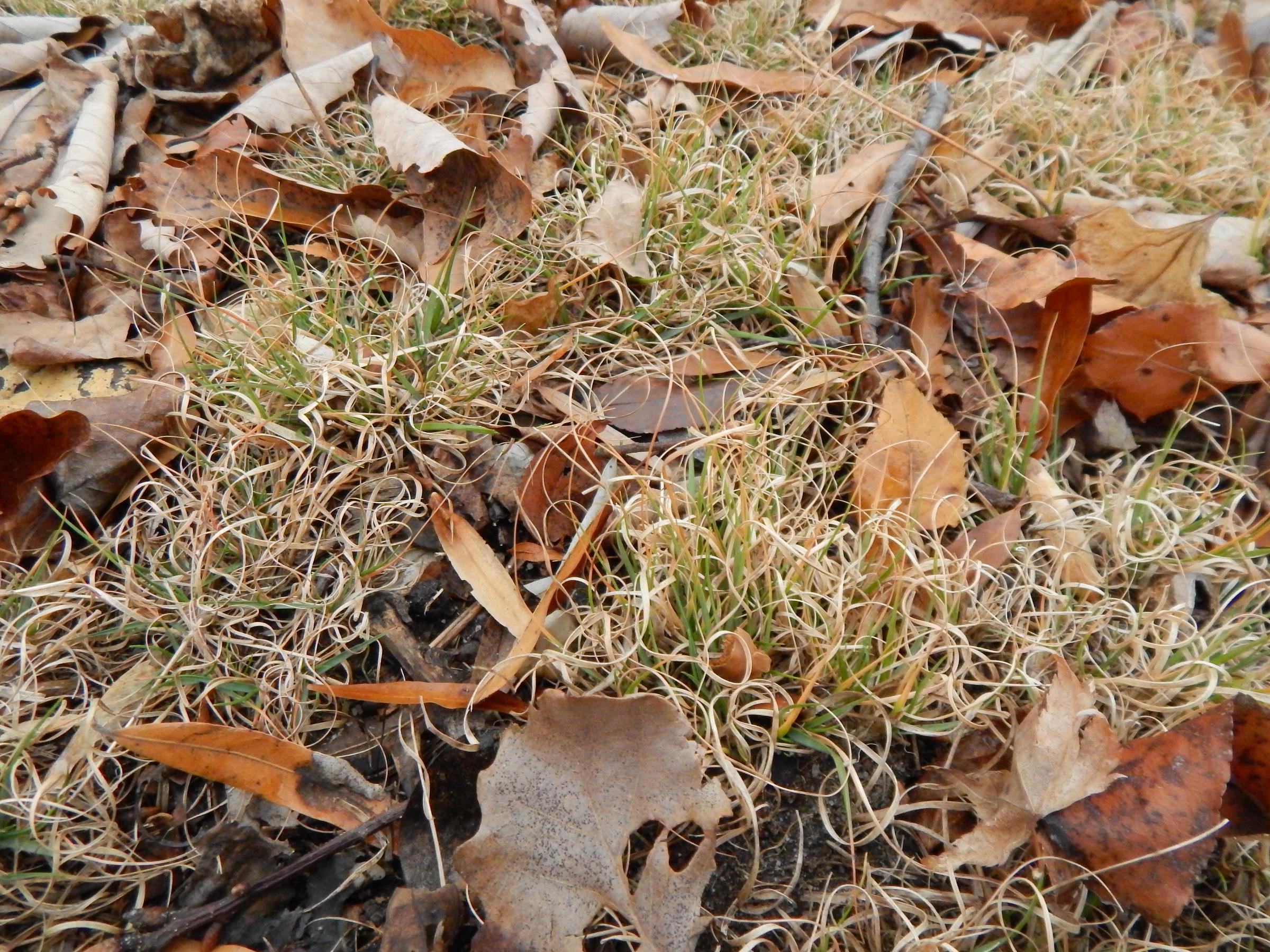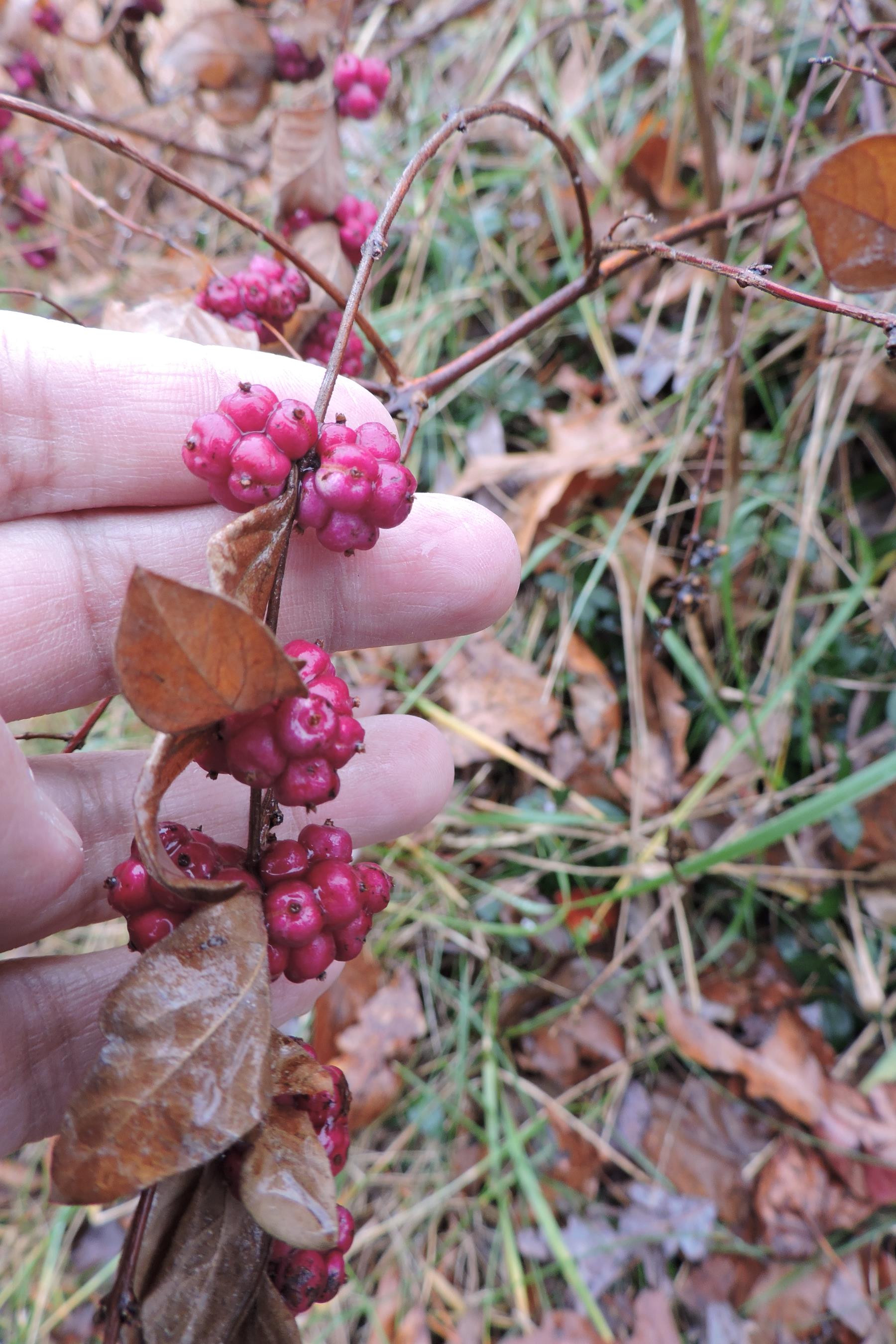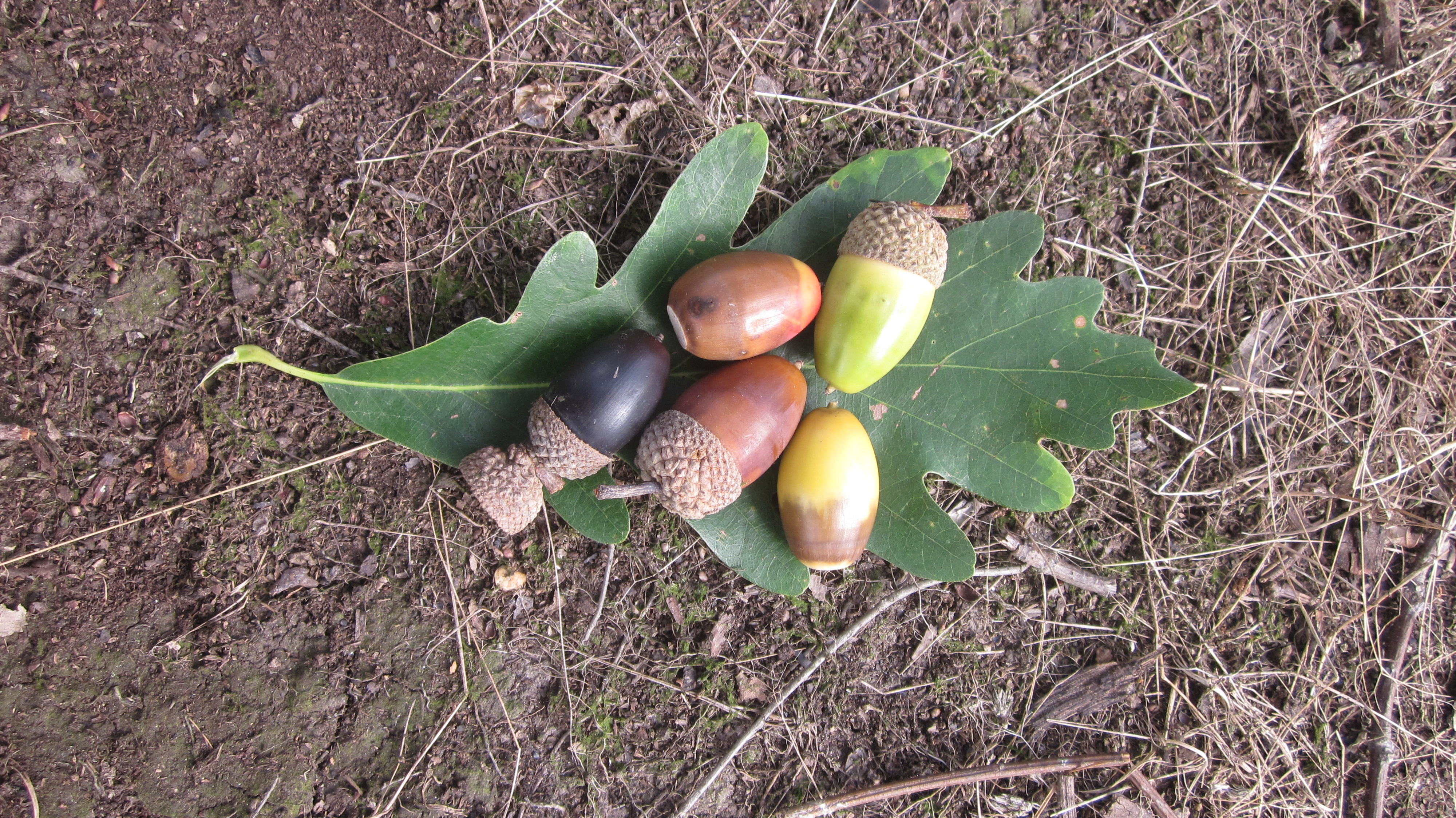Arlington Forest Park Natural Resource Conservation Area
Published on November 02, 2017
By Alonso Abugattas, Natural Resources Manager, Arlington County parks
Although Arlington Forest Park is the smallest of Arlington’s seven Natural Resource Conservation Areas at about one acre, it is the largest example of a “Dry Gravel Cap – Xeric Oak / Poverty Oatgrass Glade” we have left in Arlington. Despite it being in an urbanized area, its native soils have not really been disturbed. It is dominated by a naturally short native grass that can tolerate dry and impoverished soils, Poverty Oatsgrass (Danthonia spicata). Now that we’ve cut back on mowing, the other elements of this ecosystem are now returning, including a series of fairly uncommon understory of dry-loving herbs and shrubs with a sparse canopy of specialized oaks. It’s the only place left in Arlington you can find things like Globe Flatsedge (Cyperus echinatus) and Coralberry (Symphoricarpos orbiculatus), and one of only a few places you can find plants such as St. Andrews Cross (Hypericum hypericoides), Fork-tip Three-awn grass (Aristida dichotoma), and the unusual natural hybrid Saul’s Oak (Quercus x saulii). In fact, the Saul’s Oak County Champion Tree lives there.

Poverty Oats Grass
The unusual soils almost feel unearthly, they give in so easily to walking and are covered with mixed lichens. Because they drain so well and have sparse areas, many species of ground nesting solitary bees are found nesting there. These very docile pollinators find great and now rather rare real estate to set up their homes, since this is a very special and unique ecosystem.
Arlington’s challenge is to preserve these precious areas while still making it easily accessible for people as well. You can see why we ask the public to help us be good caretakers and stewards of this special place. It may not look as well manicured as some others, but that’s because we’re allowing for natural regrowth of some uncommon species, but it’s beautiful in its own way. Hopefully most know you can’t dump anything there (including yard waste that can introduce invasives or alter the soil conditions). But we also see examples of guerrilla gardening unfortunately, where people have encroached on public land to plant nonnative plants as though that was part of their own landscape. This is of course illegal, and the introduced species, even if not invasive, compete with the unusual native plants we’re trying to conserve in this little park for future generations.

Coralberry

Saul's Oak